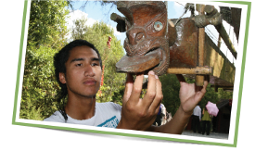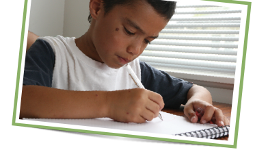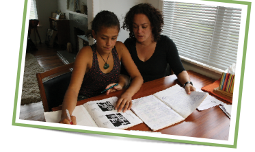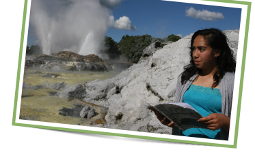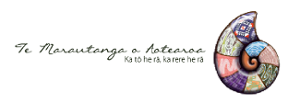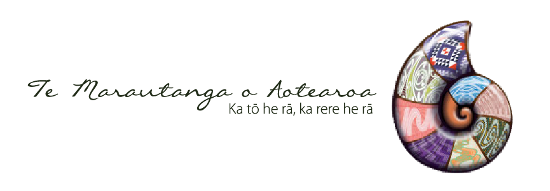Heoi anō, ko te aronga pea, ehara i te tamariki noa iho, he whanaunga, he iramutu, te hunga e haere ana ki tō mātou kura, te nuinga he whanaunga. Nā reira ko te whāinga mā tātou kia mōhio mai te tamaiti kei hea a Tararua e noho ana, kei hea te awa o Ōtaki e rere ana, kei hea te moana o Raukawa, kei hea taku marae, he aha te ingoa o te whare tipuna, he aha te ingoa o te wharekai. He mana nui i roto i ērā mātauranga mō te tamaiti. Nō reira aua kaupapa katoa e manaaki nei i ngā taha e whā o te tamaiti. Anā, te taha hinengaro, te taha tinana, te taha whānau, te taha wairua.
Tasha: Kia mōhio mai te tamaiti
Duration: 01:18
Tasha Webby: Our children know who they are through their physical, mental, family and spiritual dimensions. (Te reo Māori.)
Reo Māori transcript
Reo Pākehā translation
The focus is not just on a child. They are relatives, nieces and nephews. Most of the students here have family connections. So our approach is that a child should know about the mountains of Tararua, the Ōtaki river and the Raukawa ocean, about their marae, the names of the meeting house and dining hall. It’s all vital to the education of a child. It supports all four aspects of their wellbeing, their mental, physical, family and spiritual growth.
